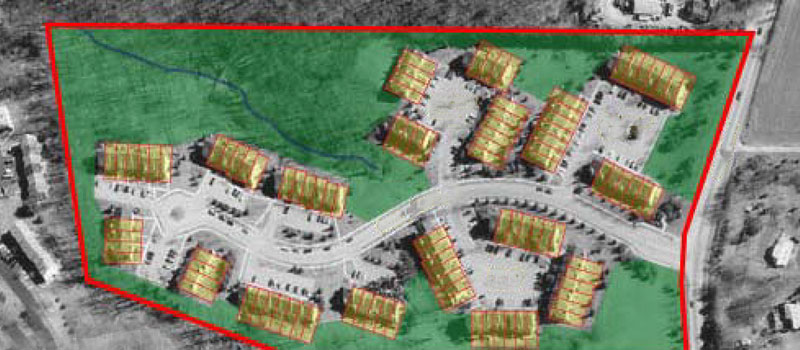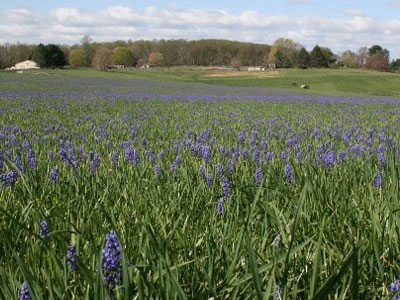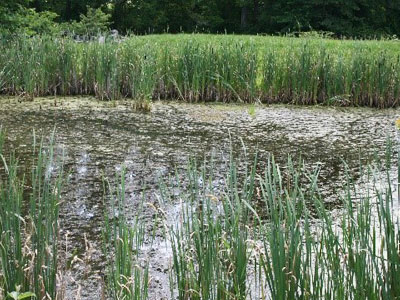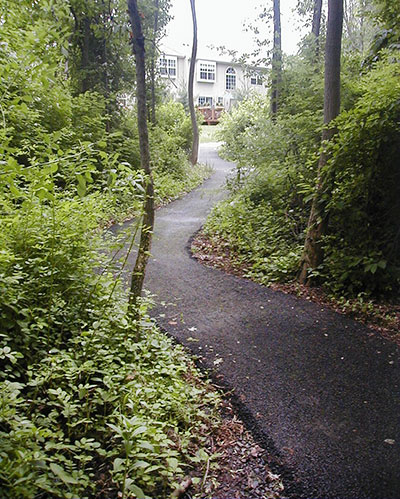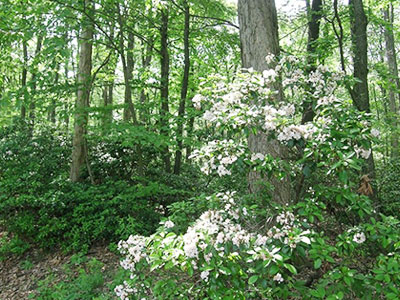Management plans should consider meadows instead of mowed lawns for open areas.
How it Works
In Chester County as of 2020, over 17,000 acres of open space were owned by HOAs, making up 12% of all the preserved open space in the county. These open space areas need to be managed in perpetuity; often include recreational facilities, natural areas, lawn areas, walkways, wetlands, and stormwater management areas; and can have a large environmental impact on the broader community. In some cases, HOA open space areas could be better managed to enhance the environment while reducing maintenance and energy costs.
HOAs should prepare an open space management plan that includes guidelines to protect native vegetation and biodiversity, promote environmental protection, produce continuous maintenance, provide adequate security and liability coverage, and provide necessary funding and staff levels. The guidelines should also specifically promote access to natural open spaces where appropriate so that the residents and public can enjoy these natural resources.
Stormwater areas in common open space should be naturalized as much as possible.
Benefits
Improves the Environment
Water quality can be improved, stormwater runoff can be reduced, animal habitat can be protected, and carbon sequestration can occur with good open space management.
Improves Property Values
Proper HOA open space management can improve property values by protecting natural areas for residents as site amenities.
Provides for Future Financial Needs
A properly capitalized HOA can help to protect its residents from large unanticipated repair needs.
Promotes Recreational Opportunities: The proper maintenance of HOA open space areas can create inviting opportunities for nearby recreational activities. Trails can be the preferred means for providing this access.
Open space areas can include walkways.
Get Started
Guidelines can be developed by the HOA, or natural resource and open space protection measures can be included in municipal ordinances. Municipalities can also adopt provisions requiring that maintenance guidelines be created for all new developments that include HOA open space. Trails within HOA open space can be designated in a municipal comprehensive plan or in an official map, and should be linked to existing or proposed adjacent trails.
During the subdivision and land development review process, local municipalities should review the open space management plan and require improvements at the time the property is developed. These initial improvements might include the installation of recreation facilities, the construction of trails, the removal of invasive species, devining of trees, planting of riparian corridors along streams and waterways, reforestation of open areas, and the installation of naturalized stormwater facilities. The plan should also specify how woodlands, meadows, wetlands, and other natural areas will be managed, and HOAs should consider having naturalized meadows rather than manicured lawns.
Municipalities should also require that the HOA retains enough funding to ensure that the open space areas can be properly maintained in perpetuity, and that future repairs that require large capital outlays can be paid for. Municipal approval of subdivisions and land developments should include provisions for contacting responsible persons who serve on the HOA board to ensure that emergency repairs can be completed quickly.
Existing woodlands should be preserved and periodically maintained with the removal of invasive species.
Considerations
Environmental Improvements
HOA open space often incorporates natural areas that have been degraded over time. These areas can be improved through riparian corridors, reforestation, invasive plant removal, devining of trees, and naturalized stormwater basins.
Maintenance Required
HOA open space areas require perpetual maintenance and management plans, and funds for administration and operation need to be managed by competent professionals.
Increased Administration
The maintenance of HOA open space areas may require additional inspections and municipal enforcement during and after construction, and the HOA board needs to be continuously involved in routine activities.
Increased Education
The HOA administrators should be knowledgeable about finance, environmental preservation, recreation and other matters, or be advised by professionals.
The green area shows preserved natural areas in an open space/cluster subdivision.
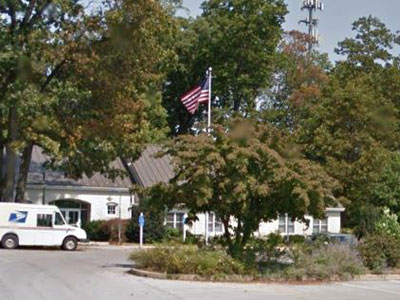
West Bradford Township's Land Preservation and Sustainability Committee has recommended approval of cconservation easement transactions, developed an open space plan, and incorporated it as part of the West Bradford Comprehensive Plan.


